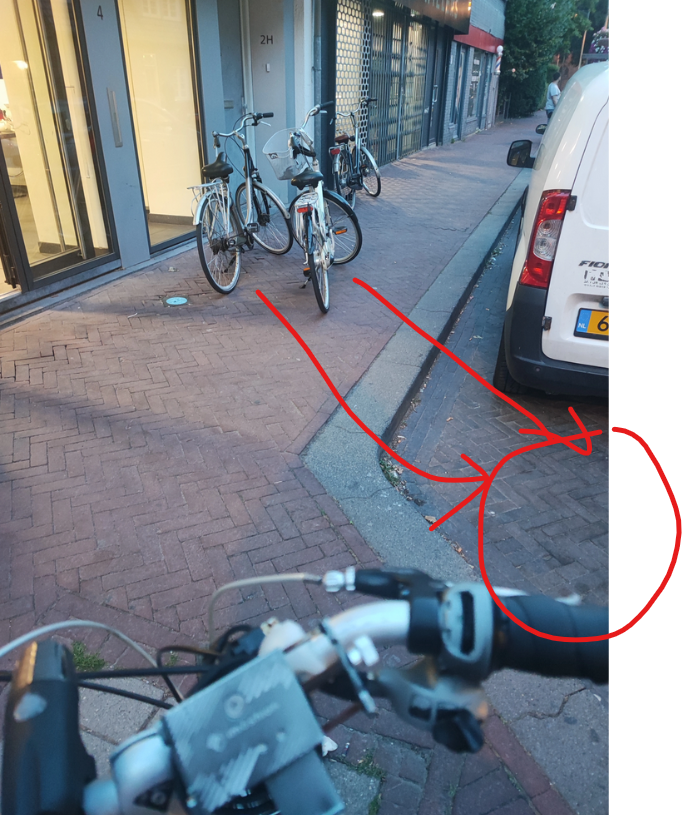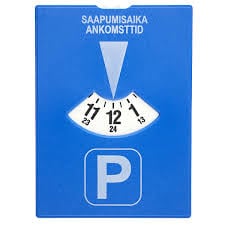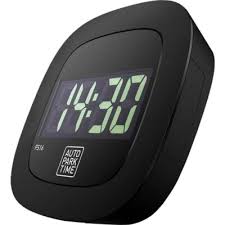

Well, the standard recommended work hours would be 08-17 (8 AM to 5 PM), with one hour unpaid lunch, so 8 hours paid. And you can take those paid breaks, or even combine them with lunch. Most places (that don’t have shifts, scheduled appointments or aren’t school or health care related) allow for this kind of flexibility.
My current work place has 39 hours a week during the half year during or close to winter and around 37 hours during the summer or the months adjoining summer. Then again, most people tend to flex actual hours worked, e.g. working 4 hours on Monday and Friday, and working more hours during the same week or compensating for it later. But you HAVE to take at least 30 minutes of lunch, and the workplace tries to enforce the paid breaks as well. So some, like me, take an hour off for lunch, but use our half hour unpaid lunch and add on breaks 2x15 with pay (which is billed to our clients, as we’re legally entitled to). So I can show up anywhere between 06:30 and 11:00 (as long as I don’t have deadlines or meetings) and decide how I want to dispose the hours of my time on schedule.
And I get 7 weeks off, paid, every year. And pad it out with overtime so that I work maybe a week of overtime and get two weeks extra off for holidays.







A couple of seconds searching confirmed that it’s goji berry.